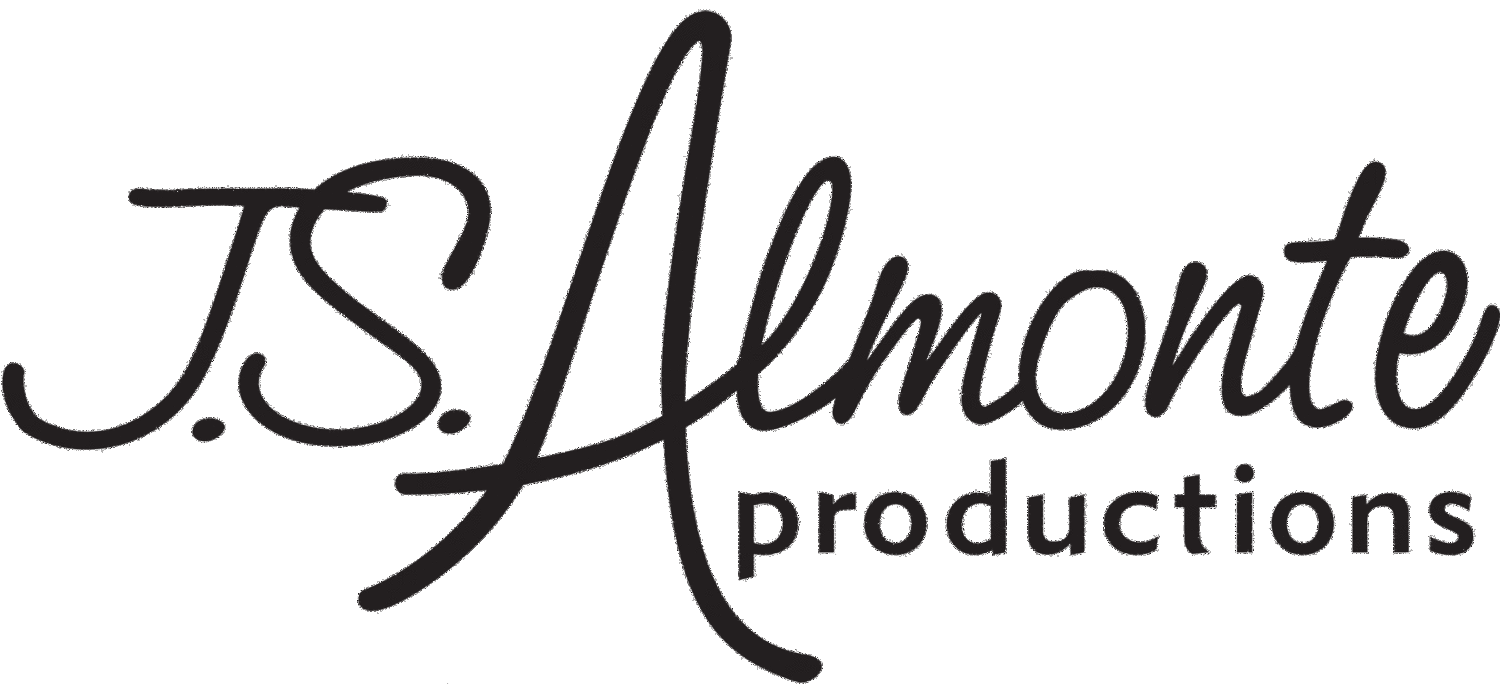This is part of a paper I wrote entitled “Artistry In Rhythm: Dialogue Through Dance in the Lindy Hop community.” Previous and future posts can be found by searching my blog for the category “Artistry In Rhythm.” Two important developments in competitions contributed to the return so called of “Old School” dancing.
One was the development of the phrase battle by Janice Wilson for the Hellzapoppin’ competitions at the Harlem Jazz Dance Festival in May of 2002. A phrase battle consists of couples taking a certain number of “8’s” (Two bars, eight beats total) to shine jam style, alternating with other couples.
Until Janice came up with this idea, most social dance contests, usually called “Strictly Lindy” contests[1], consisted of couples taking turns dancing to separate songs. This allowed for a clear boundary to be established between all the contestants, and also has the logistical value of allowing judges time to evaluate each performance.
I have not seen footage of HJDF 2002, but here’s the final from the second HJDF in 2003 where Andy Reid and Sarah Spence Adams faced off against Corina Acosta & Minn Vo on the stage of the legendary Apollo Theater. The format is still unfamilar to the dancers so there’s some confusion and inconsistency in how long they dance for their shines.
The HJDF only lasted one other year, but eventually the Ultimate Lindy Hop Showdown adopted the phrase battle as its signature format.
However, when ULHS first began in November of 2002 it still employed the spotlight format, but the event promoter, Amy Johnson, introduced the other major element that would shape all contests that would follow. That was the addition of live music.
This added an element of unpredictability and eliminated the advantage some people would have of knowing a particular recorded version of a song better than others. It also reduced reliance on “micromusicality.” Dancers became more familiar with musical structures and theories than memorizing specific musical passages from the same songs played over and over at different events.
Here is Nina Gilkenson and Matt Smiley winning the first ULHS Liberation (fast) division in 2002. Notice that they dance over a minute spotlight to the band, Josh Collazo and His Feetwarmers.
These two developments had an important effect on the way people danced in contests and the way people responded to them. The jam format encourages greater interaction between couples since there is no break between each shine. Janice also allowed the crowd to get as close as possible which allows the crowd and dancers to contribute and feed off each other’s energy.
Check out how close the crowd is during the semi-finals for the 2003 HJDF Hellzapoppin' contest.
The jam format allows the contest to be one organic whole instead of separate couples that happen to be in one contest. Naomi Uyama summed up the effect.
“There's a vicarious feeling when lindy hop is concerned. When a couple goes into the jam they're just the head of the beast, or a microcosm of the whole. Some folks dance in the center like its "showtime", they could be there or in a studio practicing for the mirror, it feels the same to them. There lies the disconnect. What people should know is while folks seem to be clapping on the sidelines what they are really doing is reaching their arms out saying "Take me with you where you are going. Let me come along for the ride."[2]
Probably the best early illustration of how well the format can work is the Champions Jack & Jill Division at the 2004 ULHS.
All the contestants had to have previously placed 1st in a major competition and were randomly assigned to one another. The music was provided by the Wolverines Big Band from Minnesota playing “Shanghai Shuffle.”
It takes a little while for the dancers and the band to warm up. Everyone is familiar with one another, so it does not take long before the tricks and the one-upsmanship begins.
There is one particular sequence that stands out. It starts at 4:06 with Jai Latimer dancing with Frida Segerdahl. They end their shine with Jai landing a split. Andy Reid follows suit while dancing with Nina Gilkenson. Kevin St. Laurent, dancing with Giselle Anguizola, responds with his own split. The band, particularly the drummer, responds to each successive split with their own musical hits. Next Peter Strom and Jo Hoffberg (formerly Emily) come out, and Peter feigns a pained half split to break the pattern, but Jo surprises him by executing her own. Nick Williams and Carla Heiney end the sequence when Nick launches into an extended spin while Carla patiently waits before they both go down into simultaneous splits.
The segment demonstrates how the format encourages interaction between all the couples as they try to outdo the last; “the dozens” played out on the dance floor. It simultaneously fosters a sense of community, embracing not just the spotlighted couples, but also including the band, the audience, and the other competitors. This is how competitions can be entertaining, inspiring and healthy, rather than controversial and divisive.
[1] The name comes from West Coast Swing competitions where “Strictly’s” limit or prohibit lifts, drops, and other acrobatic tricks, hence the contest focuses on “strictly” WCS or whatever dance is being performed. The term is used in Lindy Hop competitions but merely denotes that the competition is about social dancing and not about choreography.
[2] “Social Dancing” blog by Naomi Uyama posted on 10/30/06 http://blog.myspace.com/index.cfm?fuseaction=blog.view&friendID=82763234&blogID=187050902&Mytoken=E1D27C8B-C787-439F-B6BDB1350CB5E62A78568066 last accessed July, 2007




